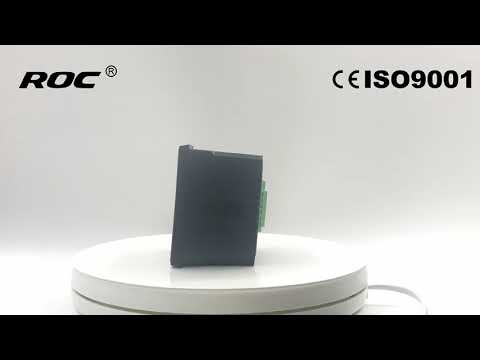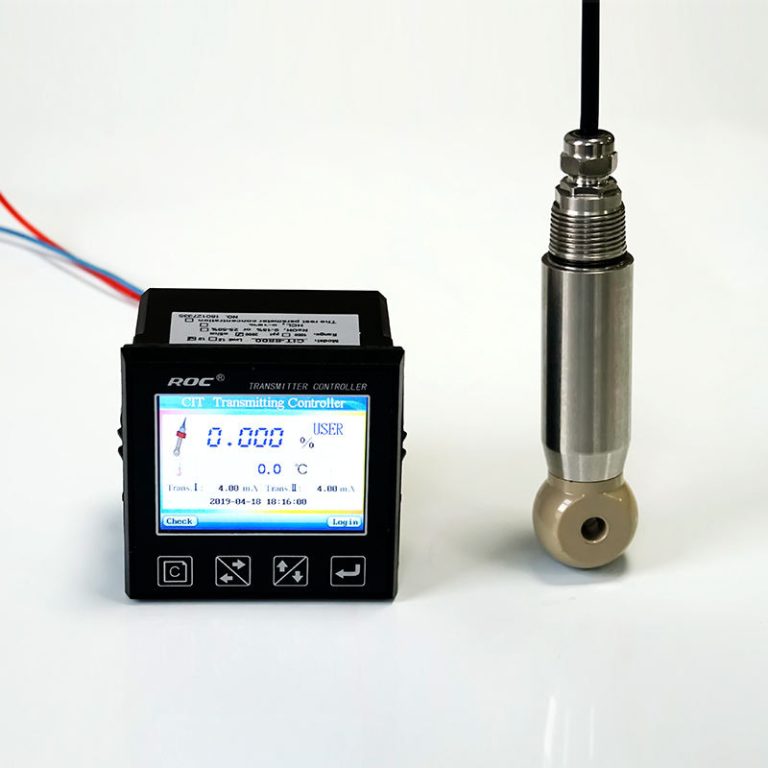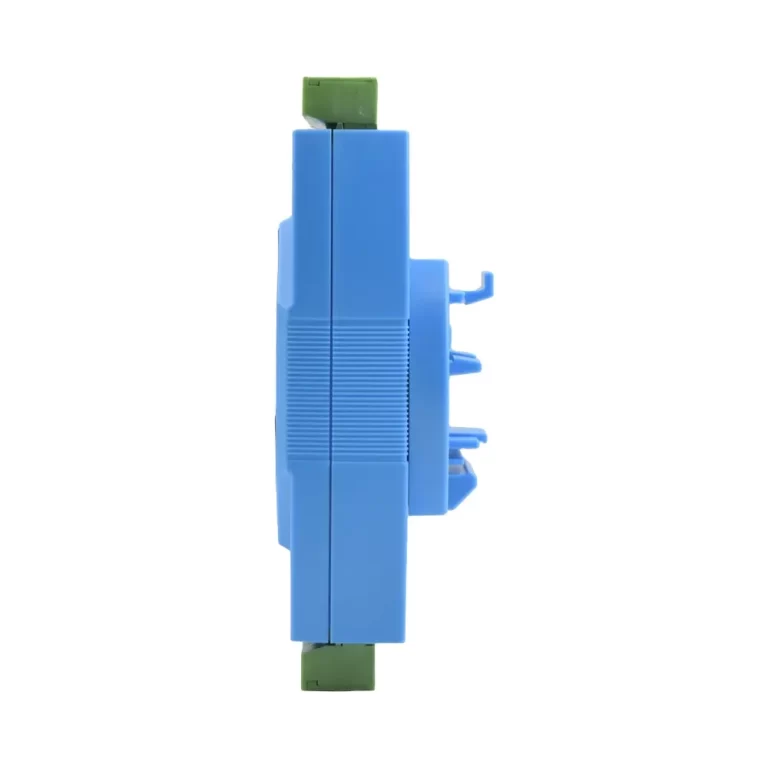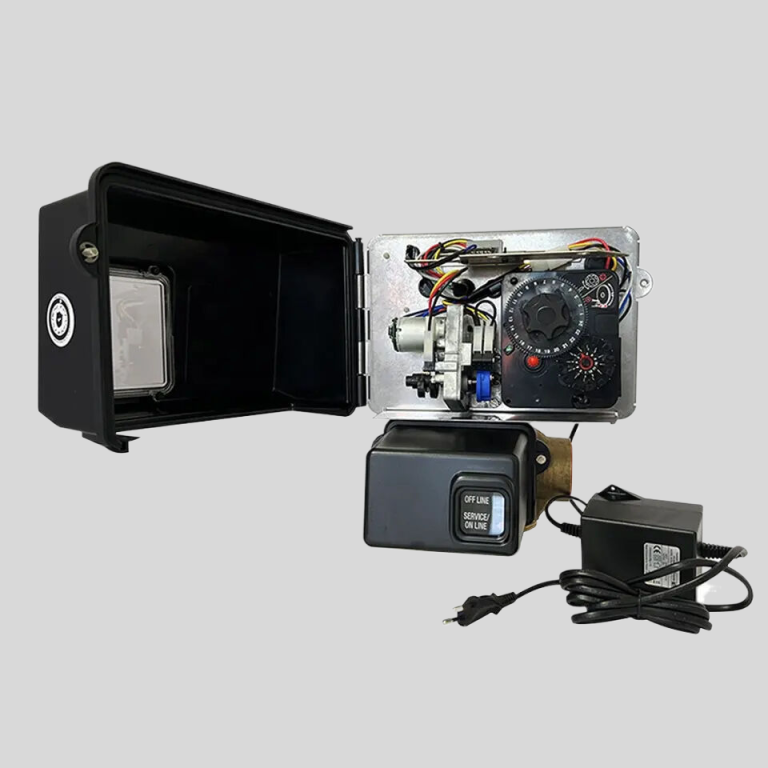Table of Contents
The Importance of Regular Water Testing for Homeowners
Water is an essential resource that we rely on for various daily activities, such as drinking, cooking, and cleaning. As homeowners, it is crucial to ensure that the water we use is safe and free from contaminants that could potentially harm our health. One way to achieve this is through regular water testing.
Regular water testing is a vital aspect of maintaining a healthy living environment for you and your family. By testing your water on a consistent basis, you can identify any potential issues early on and take the necessary steps to address them. This proactive approach can help prevent health problems and ensure that your water remains safe for consumption.
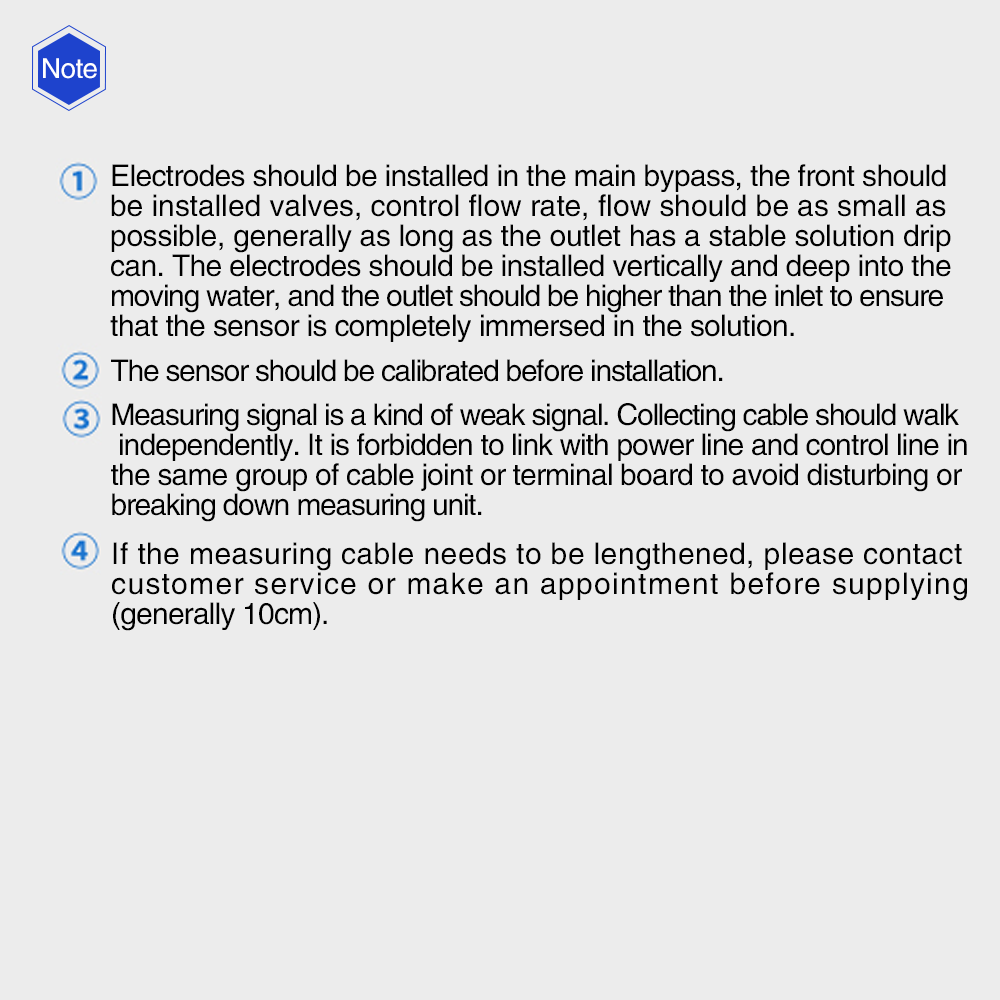
There are several reasons why homeowners should prioritize regular water testing. Firstly, water quality can vary depending on the source and the condition of the pipes that deliver it to your home. Even if your water looks clear and tastes fine, it could still contain harmful contaminants that are not easily detectable without proper testing.
Additionally, water testing can help you identify specific contaminants that may be present in your water supply. Common contaminants found in water include bacteria, lead, pesticides, and nitrates. These contaminants can have adverse effects on your health, ranging from gastrointestinal issues to more serious conditions such as neurological disorders and cancer.
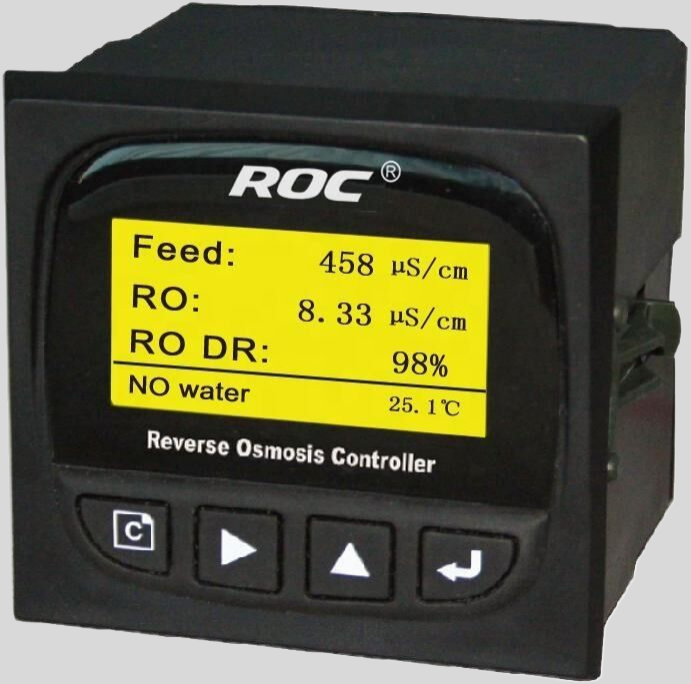
| Product Model | MFC-8800 | |
| Communication port | The uplink slave channel Modbus RTU protocol RS485 port is connected with DTU and DCS | |
| Downlink master channel RS485 port of Modbus RTU protocol is connected with data acquisition terminal | ||
| 4~20mA output | 1 channel two-wire type Maximum loop resistance 400Ω | |
| 4~20mA Input | 2 channel channel two-wire type( initiative feed) | |
| DI Input | 2channels Photoelectric isolation logic switch | |
| DO Output | 3 channels relay | 1 SPDT AC220V; 3A(MAX) |
| (only for drive signal) | 2 SPST AC220V; 3A(MAX) | |
| 1channel Photoelectric switch | Proportional pulse/frequency | |
| Load capacity:100mA/DC30V | ||
| Data acquisition | Data acquisition collection,with 3 channels DC24V sensor power supply | |
| Display mode | 3.5”(or 4”)colorful LCD touch screen | |
| Power supply | Wide power range :(12-24)V | |
| Consumption | <5W | |
| Environment requirements | Environment temp:(5~45)℃; relative humidity:≤90%。 | |
| Hole dimension | (91×91)mm hole dimension;panel dimension(100*100)mm | |
Regular water testing can also help you monitor the effectiveness of any water treatment systems you have in place. If you use a water filtration system or water softener, testing your water regularly can ensure that these systems are functioning properly and providing you with the cleanest water possible.
When it comes to testing your water, there are several options available to homeowners. You can choose to test your water yourself using DIY test kits, or you can hire a professional water testing company to conduct more comprehensive tests. While DIY test kits are convenient and affordable, they may not always provide accurate results. Professional water testing companies have the expertise and equipment needed to detect a wide range of contaminants accurately.
It is recommended that homeowners test their water at least once a year, or more frequently if they notice any changes in the taste, odor, or appearance of their water. Additionally, if you live in an area with a history of water contamination or if you have a private well, you should consider testing your water more frequently to ensure its safety.
Common Contaminants Found in Water and How to Test for Them
Water is an essential resource for all living organisms, including humans. However, not all water sources are safe for consumption due to the presence of contaminants. Common contaminants found in water include bacteria, viruses, heavy metals, pesticides, and chemicals. Testing water for these contaminants is crucial to ensure its safety for drinking, cooking, and other household uses.
One of the most common contaminants found in water is bacteria, such as E. coli and coliform bacteria. These bacteria can cause gastrointestinal illnesses and other health problems if ingested. Testing for bacteria in water is typically done using a coliform bacteria test, which measures the presence of these harmful microorganisms. If bacteria are detected in water, it is important to take immediate action to disinfect the water and prevent further contamination.
| Product Model | DOF-6310 (DOF-6141) |
| Product Name | Dissolved oxygen data collection terminal |
| Measuring Method | Fluorescence Method |
| Measurement range | 0-20mg/L |
| Accuracy | ±0.3mg/L |
| Resolution | 0.01mg/L |
| Response time | 90s |
| Repeatibility | 5%RS |
| Temperature compensation | 0-60.0℃ Accuracy:±0.5℃ |
| Air pressure compensation | 300-1100hPa |
| Stand pressure | 0.3Mpa |
| Communication | RS485 MODBUS-RTU standard protocol |
| Power | DC(9-28)V |
| Power comsuption | <2W |
| Operational envrionment | Temperature:(0-50)℃ |
| Storage Environment | Temperature:(-10-60)℃; Humidity:≤95%RH(None condensation) |
| Installation | Submerged |
| Protection Level | IP68 |
| Weight | 1.5Kg(with 10m cable) |
Viruses are another common contaminant found in water sources. Viruses such as norovirus and hepatitis A can cause serious illnesses if consumed. Testing for viruses in water is more challenging than testing for bacteria, as viruses are much smaller and harder to detect. However, there are specialized tests available that can detect the presence of viruses in water samples.
Heavy metals, such as lead, arsenic, and mercury, are also common contaminants found in water. These metals can leach into water sources from natural deposits in the ground or from industrial pollution. Testing for heavy metals in water is typically done using specialized equipment that can detect trace amounts of these harmful substances. If high levels of heavy metals are found in water, it is important to take steps to remove them and prevent further exposure.Pesticides and chemicals are another common type of contaminant found in water. These substances can enter water sources through runoff from agricultural fields, industrial activities, and household products. Testing for pesticides and chemicals in water is essential to ensure the safety of drinking water. There are specific tests available that can detect the presence of these contaminants and measure their concentration in water samples.
In addition to testing for specific contaminants, it is also important to test water for general water quality parameters, such as pH, turbidity, and dissolved oxygen levels. These parameters can provide valuable information about the overall health of a water source and help identify potential issues that may affect water quality.
Overall, testing water for contaminants is essential to ensure the safety of drinking water and protect public health. There are various testing methods available to detect a wide range of contaminants in water sources. By regularly testing water for contaminants and taking appropriate actions to address any issues that are found, we can ensure that our water sources remain safe and clean for all to enjoy.

